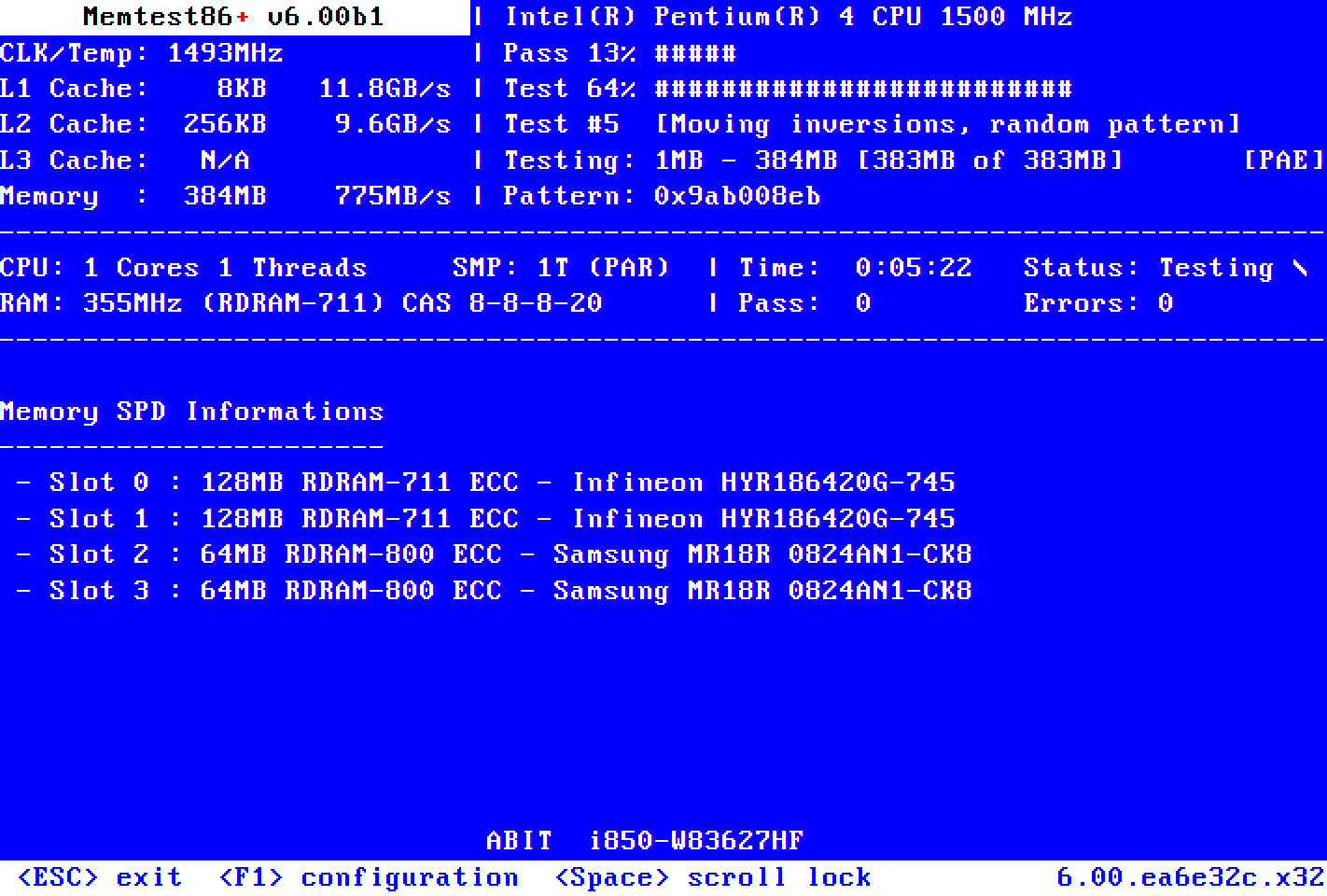Hello,
I purchased a new RAM stick and tried to install it, but it did not work.
Moreover, my display does not show signal and my mouse and keyboard stopped working.
My new RAM is Kingston FURY Beast DDR4 3200 MHz CL16 16 Gt.
And my old one was Corsair 8GB (1 x 8GB) Value Select, DDR4 2666MHz, CL18, 1.2V.
My motherboard is ASUS ROG STRIX Z370-E.
My PSU is Corsair 650W CX650 ATX.
Display is connected by both Displayport cable (from GPU) and HDMI cable (from motherboard).
I have never updated my Bios settings.
My initial steps to solve the issue:
1) Turn of the computer
2) Unplug the power cord
3) Test different locations for RAM stick. The RAM stick fits perfectly only in the DDM_B2 slot
After that, I tested to remove the battery from my motherboard.
Steps:
1) Remove GPU
2) Remove battery from motherboard
3) Wait 5 min
4) Assemble parts (battery and GPU)
Then I tried steps 1)-3) again.
But the issue persists.
After that, I tried to insert the old RAM stick back to its original position.
My computer and its fans starts up normally, i.e. no beep sound.
But still no signal from either display or keyboard and mouse.
If the issue is GPU, the keyboard and mouse should still work, right?
If the issue is PSU, then computer fans and RGB lights for GPU and fans should not work?
And the old RAM should still work with my PSU.
Could it be that the battery is inserted poorly?
I am really out of ideas.
Is my situation hopeless?
I would greatly appreciate any help you could give me!
I purchased a new RAM stick and tried to install it, but it did not work.
Moreover, my display does not show signal and my mouse and keyboard stopped working.
My new RAM is Kingston FURY Beast DDR4 3200 MHz CL16 16 Gt.
And my old one was Corsair 8GB (1 x 8GB) Value Select, DDR4 2666MHz, CL18, 1.2V.
My motherboard is ASUS ROG STRIX Z370-E.
My PSU is Corsair 650W CX650 ATX.
Display is connected by both Displayport cable (from GPU) and HDMI cable (from motherboard).
I have never updated my Bios settings.
My initial steps to solve the issue:
1) Turn of the computer
2) Unplug the power cord
3) Test different locations for RAM stick. The RAM stick fits perfectly only in the DDM_B2 slot
After that, I tested to remove the battery from my motherboard.
Steps:
1) Remove GPU
2) Remove battery from motherboard
3) Wait 5 min
4) Assemble parts (battery and GPU)
Then I tried steps 1)-3) again.
But the issue persists.
After that, I tried to insert the old RAM stick back to its original position.
My computer and its fans starts up normally, i.e. no beep sound.
But still no signal from either display or keyboard and mouse.
If the issue is GPU, the keyboard and mouse should still work, right?
If the issue is PSU, then computer fans and RGB lights for GPU and fans should not work?
And the old RAM should still work with my PSU.
Could it be that the battery is inserted poorly?
I am really out of ideas.
Is my situation hopeless?
I would greatly appreciate any help you could give me!



